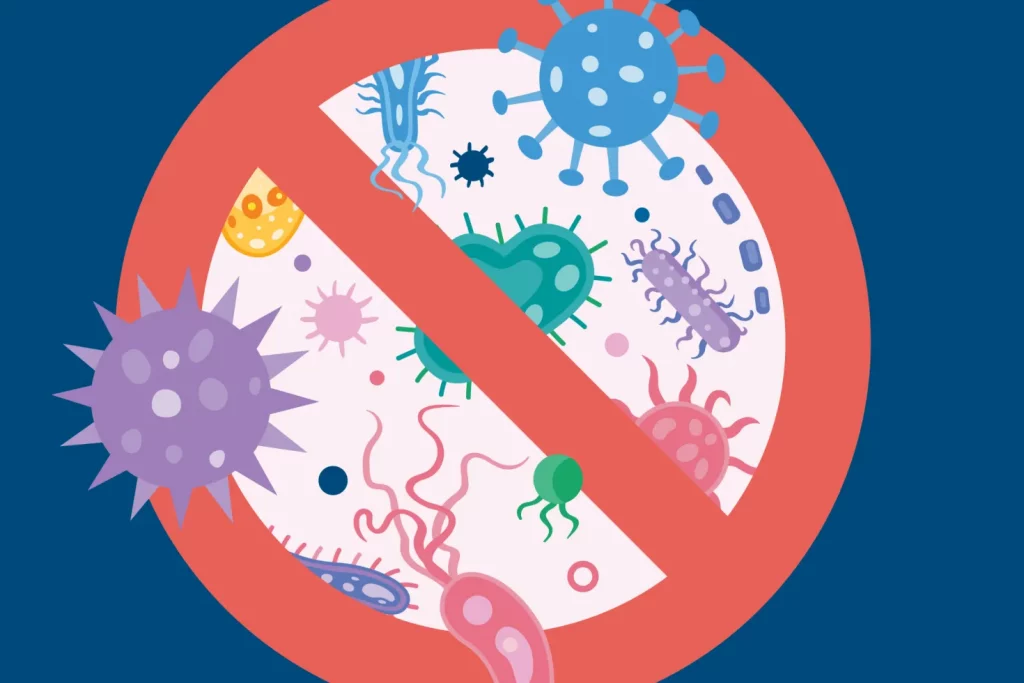Introduction
Antimicrobial resistance is a global public health issue of unprecedented severity. It is defined as the phenomenon where a microbe evolves to become more or fully resistant to antimicrobials that previously could treat it. Antimicrobials include antibiotics, which kill or inhibit the growth of bacteria. As a result, infections that were once easily treatable are becoming increasingly difficult, if not impossible, to treat [1].
Moreover, antimicrobial resistance is increasing in the general population, further complicating the management of infections and the implementation of appropriate treatments. This escalation in resistance not only affects public health but also has a significant impact on clinical research.
Consequently, this critical situation has a significant impact on clinical research, as healthcare professionals must continually adapt and modify their study protocols to find effective solutions in the face of rapidly evolving resistance patterns.
The impact on clinical research & pharmaceutical industry
Antibiotic-resistant infections claim numerous lives annually in Europe. Without intervention, annual fatalities due to antimicrobial resistance could rise to 390,000 by 2050 [1].
This alarming situation necessitates rapid adaptation in clinical research to save lives. However, resistance develops quickly, which further complicates the efforts of researchers.
The natural replication errors of microorganisms or the exchange of resistant traits between them contribute to resistance. However, the misuse and overuse of antimicrobials accelerate the emergence of these resistant strains. This rapid evolution of resistance means that healthcare professionals must continually adjust their study protocols to keep up with the changing landscape of infections.
This situation places a significant burden on clinical research and the pharmaceutical industry. As antibiotic-resistant infections increase, the need for new and effective antimicrobial solutions becomes more pressing than ever [1].
Researchers and pharmaceutical companies must invest more resources, time, and effort to develop new medications and adapt existing ones to combat these resistant strains. As an example, the European Centre for Disease Prevention and Control (ECDC) report highlights that antimicrobial resistance increases healthcare costs [2] and, as per the World Health Organization (WHO), requires more resources, time, and workforce for developing new medications [3].
In summary, the rapid development of antimicrobial resistance forces clinical research to constantly adapt, requiring continuous updates to study protocols and a relentless search for new solutions. This adds a substantial burden to the already challenging field of clinical research.
Adapting to find effective solutions
To tackle these challenges, collaboration among researchers, pharmaceutical companies, and regulatory bodies is essential for accelerating the discovery, evaluation, and approval of new antimicrobial substances.
Indeed, as of January 1, 2023, 14 studies on antimicrobial resistance have been completed according to clinicaltrials.gov [4]. The World Health Organization (WHO) states that resistance is rising due to the lack of new drugs and poor infection prevention
WHO recommends optimizing current medications, reducing infection transmission, increasing surveillance and research, and raising public awareness [5]. Implementing these measures can help slow resistance and preserve antimicrobial treatments for future generations [3].
Conclusion
In conclusion, combating antimicrobial resistance is a crucial challenge for global public health, clinical research, and the pharmaceutical industry. The rapid development of resistance forces researchers to continuously adapt their study protocols and seek new solutions. This situation places a significant burden on clinical research, requiring more resources, time, and workforce to develop effective antimicrobial treatments. Collaboration among researchers, pharmaceutical companies, and regulatory bodies is essential to accelerate the discovery, evaluation, and approval of new antimicrobial agents. Implementing measures such as optimizing current medications, reducing infection transmission, increasing surveillance and research, and raising public awareness can help slow resistance and preserve antimicrobial treatments for future generations.
References
[1] Antimicrobial resistance | European Medicines Agency (EMA)
[2] 0909_TER_The_Bacterial_Challenge_Time_to_React.pdf
[5] Antimicrobial resistance: global report on surveillance




